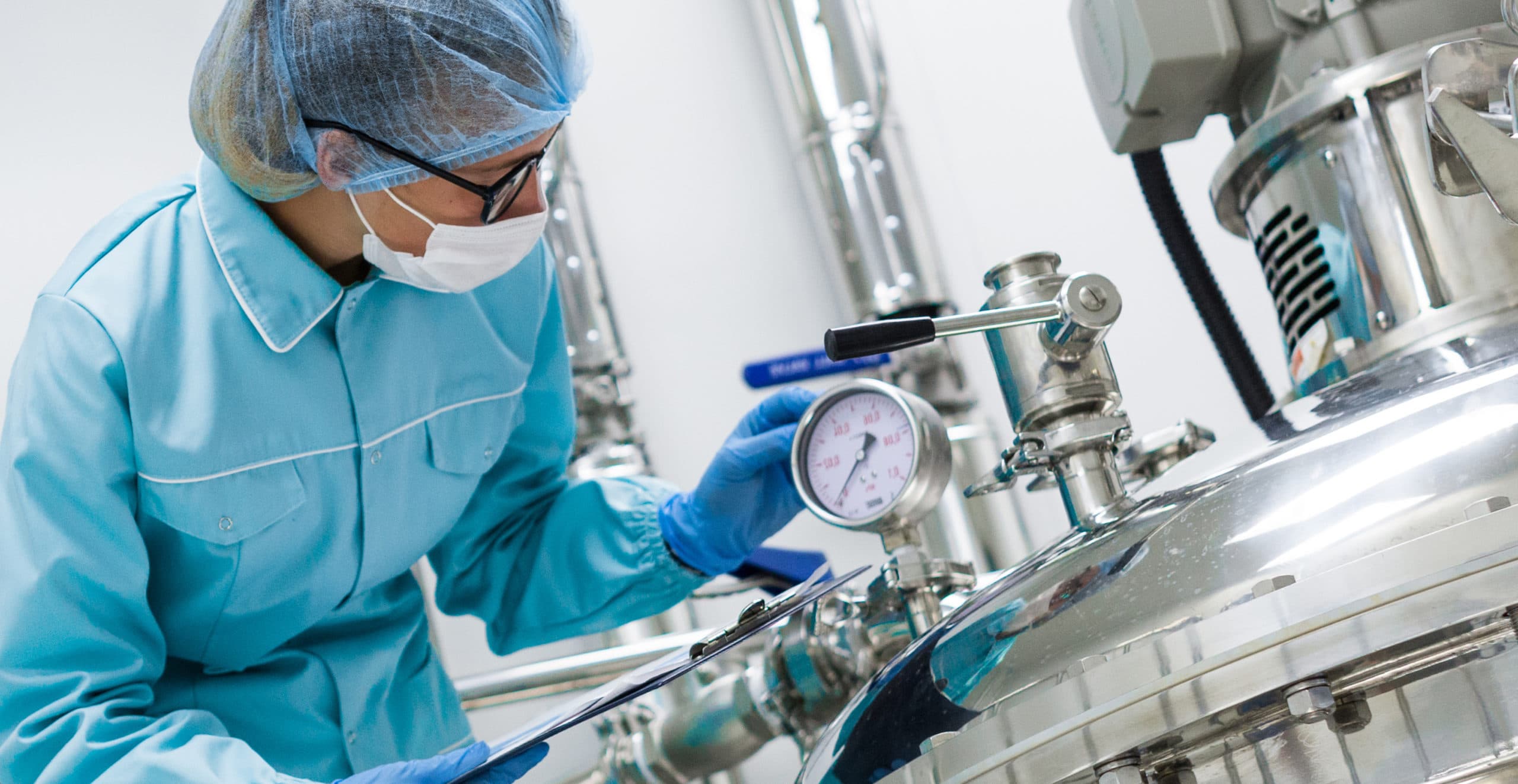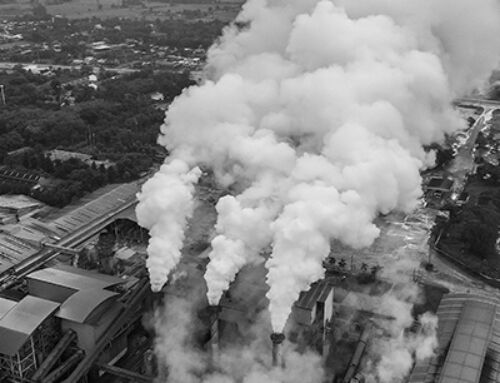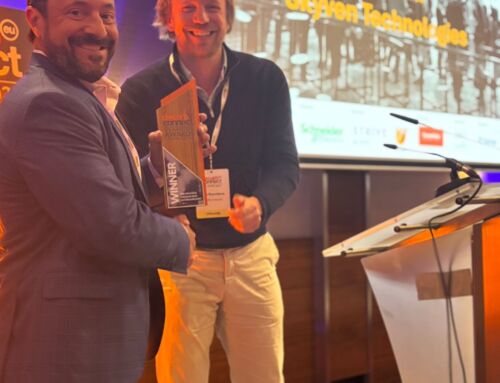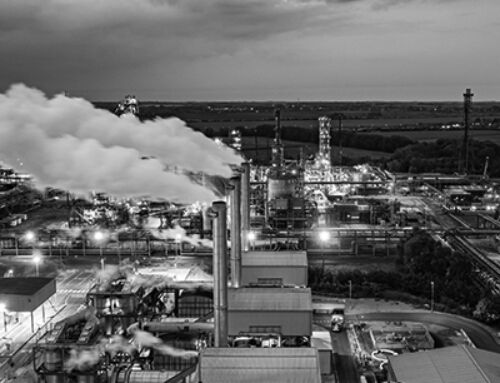The pharmaceutical industry has unique regulatory guidelines that make any changes to operational processes challenging to realize.
Even so, pharmaceuticals have been bold in setting aggressive decarbonization goals and commitments. AstraZeneca, for example, has set their ‘Ambition Zero Carbon’ program, where they commit to have zero carbon emissions from operations across the world by 2025, and have projected their entire value chain to be carbon negative by 2030.
Fortunately, pharmaceuticals can implement heat recovery strategies that will make impactful steps towards industrial decarbonization without changing their operations. Because no operational changes are needed, dealing directly with their waste heat presents both the easiest and most impactful way for pharmaceuticals to make strides toward industrial decarbonization.
Pharmaceuticals typically use the following three energy processes:
- Heating
- Cooling
- Drying
Each of these applications present an opportunity for facilities to capture and repurpose waste heat energy to improve industrial efficiency and lower carbon emissions.
Use A Condenser EconomizerTo Capture Waste Heat From Boilers
In pharmaceuticals, steam for manufacturing processes is largely generated by natural gas boilers. The thermal efficiency of boilers is about 85%, meaning that roughly 15% of the initial energy input is lost as waste heat. Since burning natural gas — which is largely methane (CH4) — produces a lot of water vapor, much of this waste heat is steam that rises into the atmosphere as untapped potential.
Implementing a condenser economizer will capture the potential from this otherwise wasted steam. To do this, a condenser economizer cools the steam to extract both sensible heat and latent energy from the moisture. This recovered energy can then be repurposed for functions such as preheating process chemicals or preheating water and chemicals needed for sterilization.
It’s estimated that burning a pound of methane results in 2.25 pounds of water vapor. So in addition to recovering the latent energy from moisture, the condenser economizer also provides the benefit of recovering and conserving water. Capturing both latent energy and water, a condenser economizer reduces the water load and energy intensity of pharmaceutical industrials.
Apply Chiller Heat Recovery To Cooling Operations
Pharmaceuticals have to refrigerate many materials. Since energy can neither be created nor destroyed, the heat a refrigeration system removes from one area must be released to another – so the cold side of the refrigerator is matched by a hot side. When refrigerator exhaust heat is released and lost to the atmosphere, it is another source of waste heat. With chiller heat recovery, that exhaust heat can be collected and used for a variety of heating tasks in the plant.
Implement Dryer Heat Recovery To Drying Operations
Pharmaceuticals need drying operations to remove moisture from solid material and produce the final product. The most prevalent method is with a spray dryer, which blows hot air through a suspension to get a dry powder. After removing the moisture from the solid substance, this hot air exhaust is released to the environment as waste heat.
Similar to the chiller heat recovery, dryer heat recovery (or exhaust heat recovery) captures and reapplies the heat from the exhaust. It is sensible to use the recovered heat for operations in close proximity, so this heat can be thoughtfully repurposed to preheat the hot air used by the dryer, effectively reducing the amount of energy input needed to fuel the industrial furnace producing the hot air.
Managing Waste Heat Is The Easiest Way For Pharmaceuticals To Start Decarbonization Efforts
Without changing operational processes, these techniques serve as low-hanging fruit for pharmaceuticals to reduce their energy intensity and deliver on their decarbonization goals. In addition to reducing carbon emissions, improving industrial efficiency through waste heat management will also save pharmaceuticals money on process steam and fuel costs.
Decarbonization efforts don’t need to be difficult or daunting. For pharmaceuticals, identifying opportunity to recover waste heat from heating, cooling, and drying processes is a stellar starting point. Pharmaceuticals that implement these heat recovery techniques will improve their industrial efficiency, and by doing so, they will also gain a competitive edge by reducing costs and freeing up capital for impactful top-line growth.





